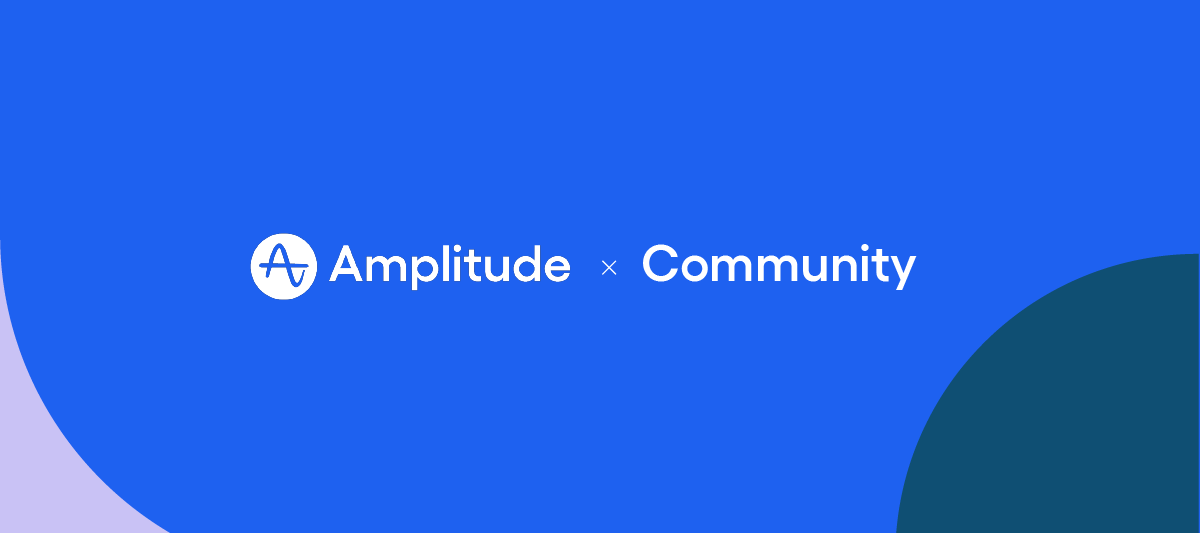Amplitude allows you to power your products from Retention to Lifecycle. 👍 Rather than each chart type being used on its own, using these charts together can enable you to become a better data storyteller and dive deeper into the "why" behind your product usage data instead of just stopping at the "what" and reporting on retention rates. The key here is the Usage Interval view. Here's an example of how to do it. (It's a quicker read than it looks!)
- Build a Retention analysis based on a critical event that matters to you. Ideally, it's an event representing the main value proposition of your product or behavior the end user performs habitually. If the product was AmpliTunes, that might be "Purchase Song or Video." Chart example here. In this case, since we're looking for repeat behavior, we're using N-Day Retention.
- Once you grasp the retention rate, you'll likely question how "good" that rate is. Does daily retention make sense for your event, or is a different interval more appropriate? The next step should be to determine how often you expect users to return and perform that action. Skipping this step may lead you to misinterpret your retention metric and take misinformed actions. The Usage Interval view can help! Chart example here. I like to set the time range to longer if I can (e.g., 60 days). You'll see why in the next step.
- To identify the usage interval, you need to identify the inflection point on the chart (aka where the curve switches from steep to flat). 👀 For some charts, the inflection point will be obvious. For others, you may want to use some tricks to make it easier:
- If the line chart is low, meaning the data points don't go far up the Y-axis, this means most users aren't performing the event twice in the timeframe. Consider extending the timeframe or editing the Y-axis to decrease the max value and get a better view. 😎
- The inflection point typically occurs when ~80% of users have performed the event twice. Since our Usage Interval metric only requires that a user perform the event once, you can use in-line cohorts to require that users complete the event twice in equal periods. Chart example here. In our example, we can now say with more confidence that the expected usage interval for the event is approximately every five days.
- With your usage interval defined, you can bring that number into the Lifecycle chart! Lifecycle helps you understand that not all users are equal, leading to more robust strategies for improving retention rates. For example, you could blindly focus on acquiring new users to grow your base, but what if that neglects a potential issue with current user retention that you didn't know existed? And because you took the time to understand your usage interval first, you can now put that number in the "usage interval" field in the chart to improve the accuracy of your insights! Chart example here.
I'm not the ruling authority on this, and there are many more directions you can go from here (e.g. Dormant breakdown, Pulse, Personas, etc.) That said, learning how to tell a story from Retention --> Usage Interval --> Lifecycle can help you shine and hopefully bring power to your product! 😁




